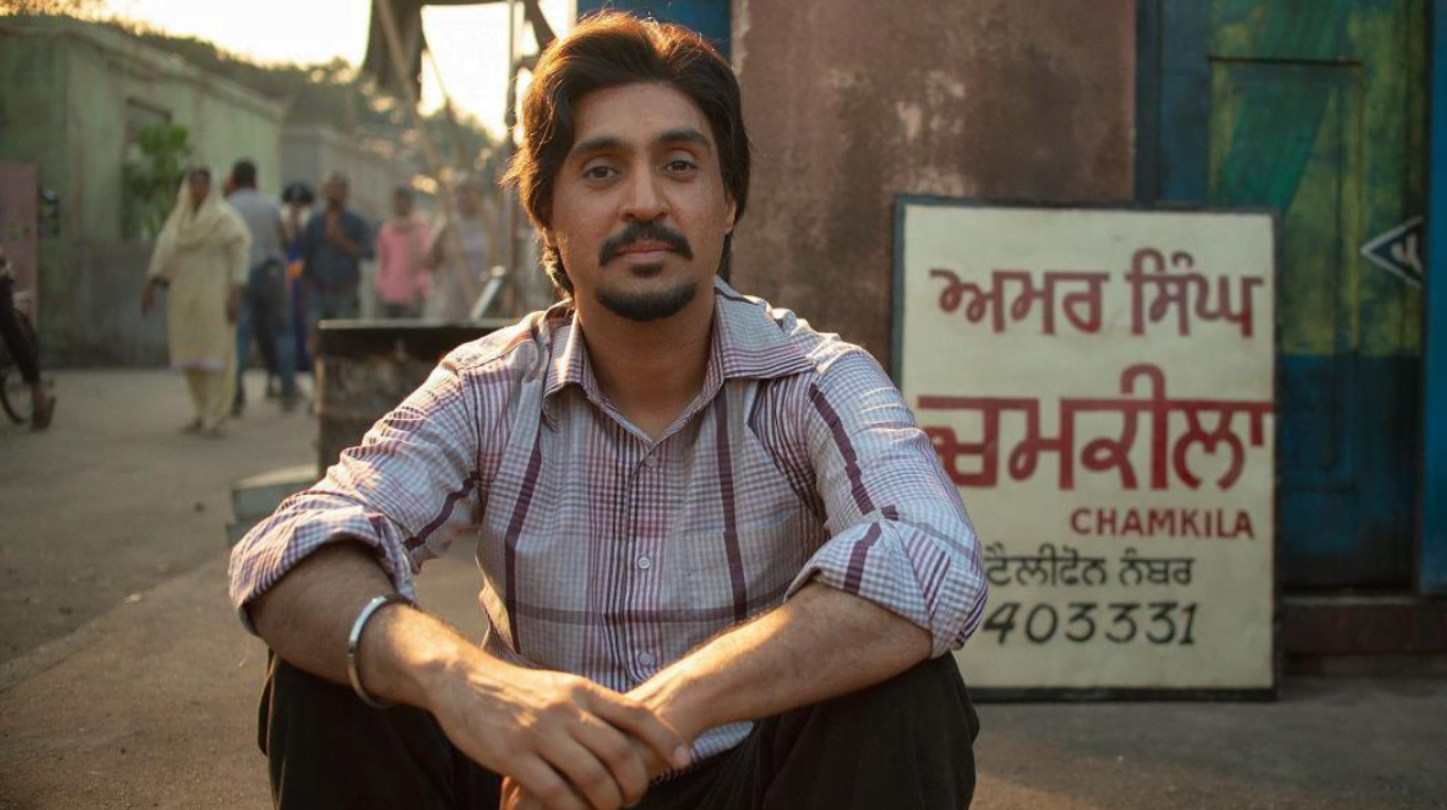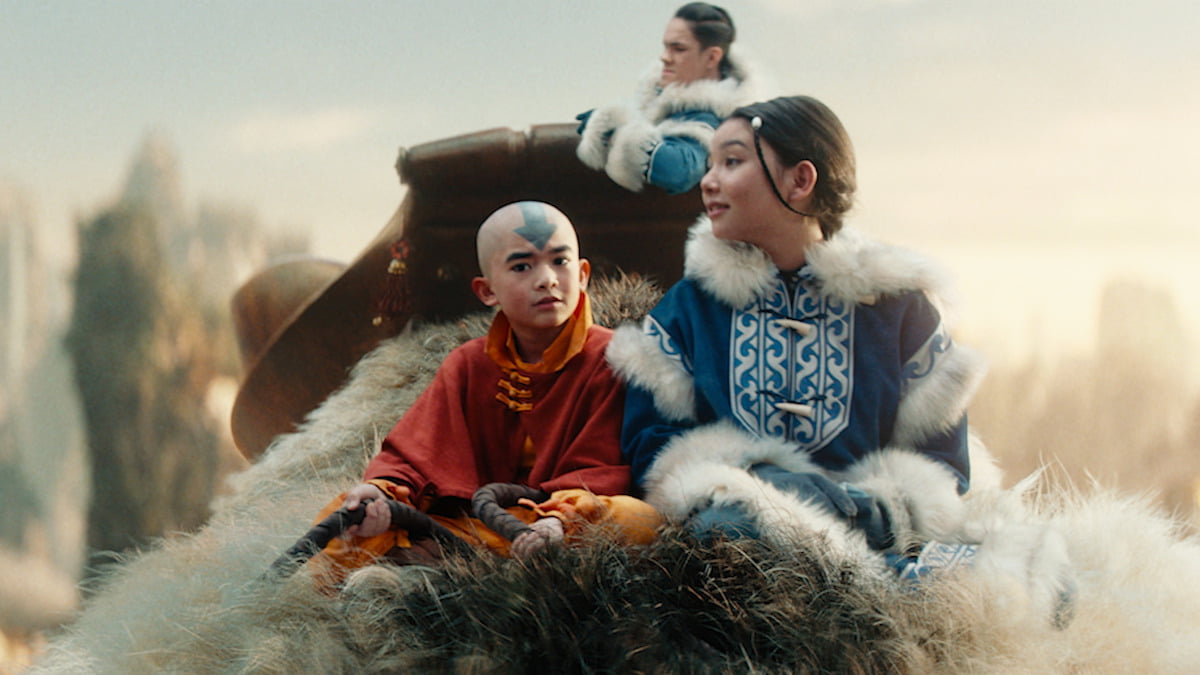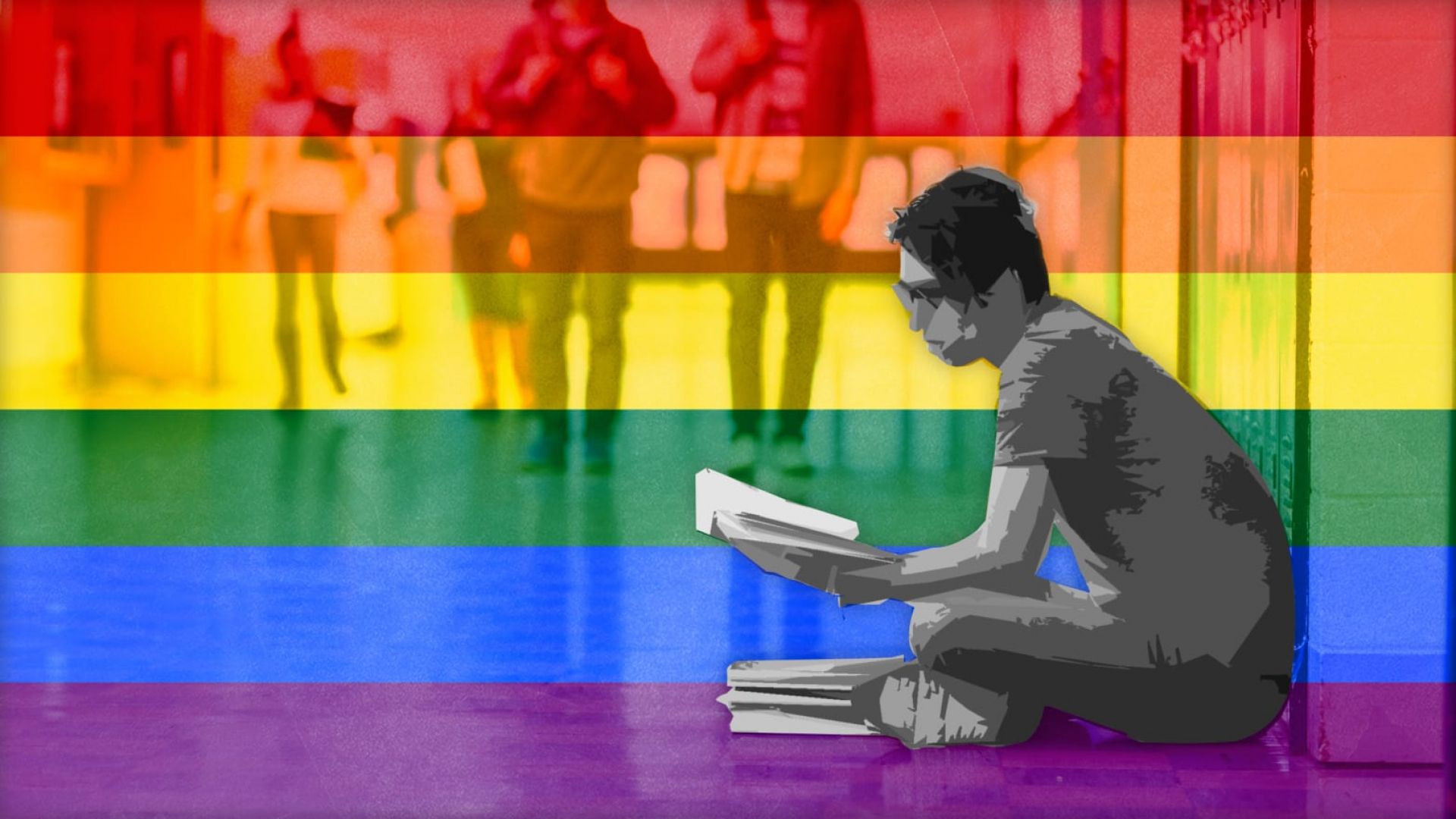As the news of a ‘Bollywood movie on the subject of LGBTQ issues’ was announced, I was quite apprehensive about what would be handed to us this time. Queer representation in mainstream Hindi movies has been limited, and the good ones are even rarer. But once I started watching the movie, I was eased in, and once the queer protagonist utters, “Aur samjhana bhi kya hai? Hamari life ka hissa hai puri life thodi na hai” (What more needs to be explained? It is a part of our life, not our entire life.”), I knew this movie was not like the others.
The characters were complex with both flaws and strengths, and they were as much a product of their environment as anyone else. Here they were neither vilified and mocked nor idealised to the point of them being caricatures. Instead, they were allowed to be human, a luxury often not afforded to queer characters in Hindi cinema.
The characters were complex with both flaws and strengths, and they were as much a product of their environment as anyone else. Here they were neither vilified and mocked nor idealised to the point of them being caricatures. Instead, they were allowed to be human, a luxury often not afforded to queer characters in Hindi cinema.
When we see Shardul stripping off his shirt to show off his muscles and deeming himself as ‘Homocop’, we, in fact, see a man who has adorned so many layers of what society had to offer. We see him admiring his toned muscles in a blatant display of masculinity as a way to compensate for the emasculation he feels due to his sexuality. This is a man who is comfortable in his body but not in his own skin.
The internalised homophobia is evident when he observes his nephew watching the same wrestling match he enjoys and feels relieved to find out that the kid, in all likelihood, is not like him because he does not think his way of life is ideal.
On the other hand, we see Sumi, who, despite being much more comfortable with her own sexuality, is willing to play a role in fulfilling societal expectations. She is even questioned about this dichotomy by her partner, to which she replies, “Pehli baar apni life apne terms pe jee rahi hoon. Uske liye jhooth bhi bolna pade toh mujhe manzoor hai.”(This is the first time I am living my life on my own terms. If I need to lie for it, then be it.)
When we see Shardul stripping off his shirt to show off his muscles and deeming himself as ‘Homocop’, we, in fact, see a man who has adorned so many layers of what society had to offer. We see him admiring his toned muscles in a blatant display of masculinity as a way to compensate for the emasculation he feels due to his sexuality. This is a man who is comfortable in his body but not in his own skin.
It seems much more compelling and perhaps even enticing to put an end to their sham marriage and live her life openly, but she values her own freedom more than justice for the cause. She does not wish to take on the larger fight and live as an outlier in society, perhaps because she does not see herself as one. All she yearns for is domesticity and acceptance, a norm for most yet a luxury for her.
What this movie explores is the silent suffocation of being marginalised in a society that does not accept you. Their marriage of convenience does offer them a private space, but with a constant barrage of onlookers prying away at their lives, it becomes more of a glasshouse wherein they constantly feel on display. Initially content with finding a lone curtain that offers them some privacy, keeping up the charade day in and out, despite the humorous format in which it is presented, the ordeal eventually gets exhausting as it continues to gnaw at their freedom.
With the constant threat of being found looming over their heads, even their moments of refuge seem as though they are running against a ticking time clock. Soon their glasshouse turns into a mere house of cards that could topple at any moment. And eventually, we see that this fear was not unfounded, and the jig is finally up when they are indeed ‘found’.
What this movie explores is the silent suffocation of being marginalised in a society that does not accept you. Their marriage of convenience does offer them a private space, but with a constant barrage of onlookers prying away at their lives, it becomes more of a glasshouse wherein they constantly feel on display. Initially content with finding a lone curtain that offers them some privacy, keeping up the charade day in and out, despite the humorous format in which it is presented, the ordeal eventually gets exhausting as it continues to gnaw at their freedom.
In the final act, once the truth comes out, there is a sensitive exploration of what lifting that heavy burden looks like. And it does come at a heavy price. One of the most poignant moments is when Sumi talks to her father, telling him that she had the whole scene rehearsed in her mind but always thought her father would be her last hope, the one person closest to her who would provide unconditional support. To which he responds, “Mere ghar hi kyun?” (Why does it have to be my home?)
This is sadly the reality for most people who intellectually understand the concept but are unable to accept it when it happens in their own homes. So persistent is the fear of people’s judgement (‘log kya kahenge’ mentality) that it becomes difficult to shed it even when it comes to their loved ones. Even by the end, we are not given a fairy-tale ending. It is noticeable that even after the passing of a year, many of the family members are absent from their baby shower — those who were probably still not on board and some who would probably never be.
Despite the plethora of ‘middle-class’ story settings, this one makes the most narrative sense in terms of making the story feel very relatable. The characters do enjoy some privilege but aren’t living in an echo chamber devoid of cultural reality. While fighting a battle of justifying their nature to themselves and the world, they are still shaped by their environment, one that is deeply entrenched in patriarchy and other norms of society.
This difference is highlighted when Sumi expresses her disappointment to Shardul, “Mujhe Laga the gay bande regular bandon se zyada sensitive hote hai,” (I had thought that gay men are more sensitive than ‘regular’ men.) to which he replies, “Hum gay hain to kya? Sanskar bhul jaye apne?” (Yes we are gay. But does that mean that we will forget our traditions?” Because being gay does not mean one can rid themselves of their cultural conditioning.
Along with patriarchy also comes casteist notions that are sprinkled throughout. However, it is subverted through the character of Guru Narayan who is shown to have rejected most of these social norms.
“Naam?”(Name) “Anaam”
“Title?” “Titler”
He becomes the perfect foil to Shardul’s reluctant acknowledgement of his sexuality, as Guru Narayan is shown to be happy with who he is. He perhaps represents an ideal picture of a queer person, a lawyer, an activist, and someone who, despite being brought up with similar sensibilities, has outgrown them and does not feel the need to hide from society. He is comfortable with being ‘seen’.
The most heart-warming progression is the kinship between the queer protagonists. Even though they have polarising personalities and are often seen squabbling over one thing or the other, what unites them is a common understanding of their truth. When Shardul finally reveals his sexuality to his family members, he immediately rushes to the terrace, and his first instinct is to call Sumi. Not much is said between the two, but that silence speaks volumes.
At that moment, they are not only ‘found’ but also understood. Acceptance is what they seek from the world outside, but within their house of lies, there is a profound understanding of each other’s lived realities. It is telling that the only person to embrace him is his mother, a woman used to living in the shadows of her overbearing family, a subdued existence marked by silent suffering.
The movie does not offer any solution because there is no neat resolution. The queer protagonists are content with finding the loopholes within the system as long as it fits their needs. If society does not cater to them, then they don’t have an obligation to follow its rules. This self-serving attitude is a far cry from being regarded as selfish and is instead their true empowerment. It recognises that there are only two available options to be able to live a life on your terms, either to reject all social pretences and live within the fringes of society or to make your way in the grey areas of society. Neither is convenient, so they make the most of what is afforded to them.
Also read: Revisiting The Questions Around Queer Women In India
The moment that stayed in my mind was when, towards the end, we see Shardul truly accepting himself. He goes through the biggest transformation of all. As he stands silently observing the parade unfold, he watches his friends and partner with pride. It is symbolic how his wearing a physical mask at the end ultimately unmasks the one he was wearing for the world.
Also read: Queer Politics In India: Towards Sexual Subaltern Subjects By Shraddha Chatterjee | Book Review
Mahi Goyal, 24, is a writer and mental health professional. She started writing her first novel at the age of 13, and it was published in 2015 titled, ‘Real Illusion’. Her writings have been featured in an anthology of short stories, ‘Internal Reflection’. As an English and Psychology Major, her essays on TV/Movies include literary analysis from a psychoanalytic perspective.
Featured image source: IMDb




